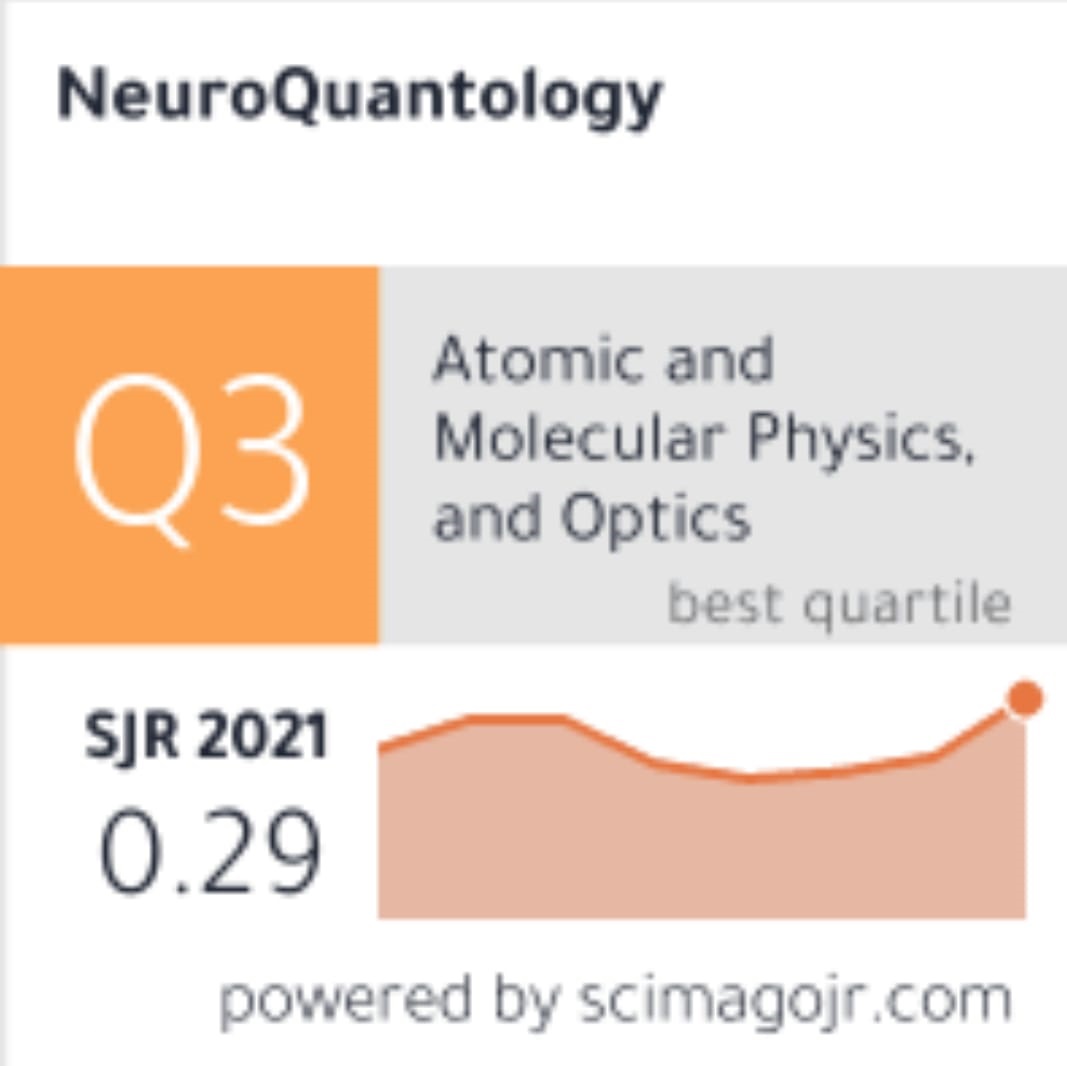


Volume 20 No 12 (2022)
Download PDF
A study of how well online teaching and learning methods work for students at universities and colleges
Mohd Izyan Suhaili Zainudin , Kamalularifin Subari , Muhamad Afzamiman Aripin1 , Bazilah Arshad2 , Zaiton Mustafa3 , Nazeema Mohamed Yusof , Mohamad Maulana Magiman , Ardzulyna Anal
Abstract
More than a decade has passed since internationally recognized universities and colleges
began using online teaching and learning methods to fulfill the needs of students who reside a
long distance away from their places of higher education. Internet teaching and learning
proved to be a lifesaver for many educational institutions and students during the COVID-19
outbreak in 2014. Students from universities and colleges around the country are participating
in a poll to determine the success of online teaching and learning. An online survey will be
conducted, and the findings will be made available to the community. It was decided to do
this by developing a questionnaire circulated among college and university students.
Approximately 500 students from various universities, engineering schools, and medical
institutions participated in and submitted the survey results. In a study, it was discovered that
the use of animation, digital collaboration with peers, video lectures by subject-matter
experts, multiple-choice questions in online quizzes, student version software, a conducive
learning environment at home, interactions by professors during lessons, and online materials
provided by faculty could all help to improve online learning. Since they may all view
PowerPoint presentations in front of them at any volume level, they wish while in an internetbased classroom, students no longer have to walk or drive to class when in an internet-based
classroom.
Keywords
Education, critical thinking, online teaching, blended learning.
Copyright
Copyright © Neuroquantology
Creative Commons License
This work is licensed under a Creative Commons Attribution-NonCommercial-NoDerivatives 4.0 International License.
Articles published in the Neuroquantology are available under Creative Commons Attribution Non-Commercial No Derivatives Licence (CC BY-NC-ND 4.0). Authors retain copyright in their work and grant IJECSE right of first publication under CC BY-NC-ND 4.0. Users have the right to read, download, copy, distribute, print, search, or link to the full texts of articles in this journal, and to use them for any other lawful purpose.
